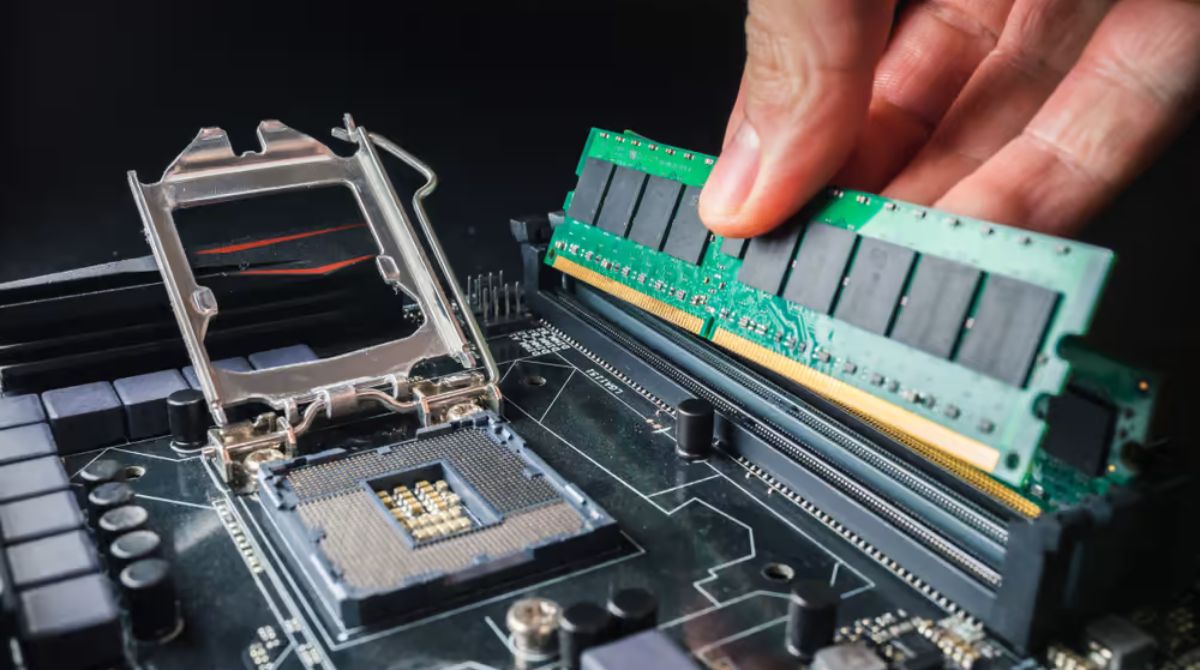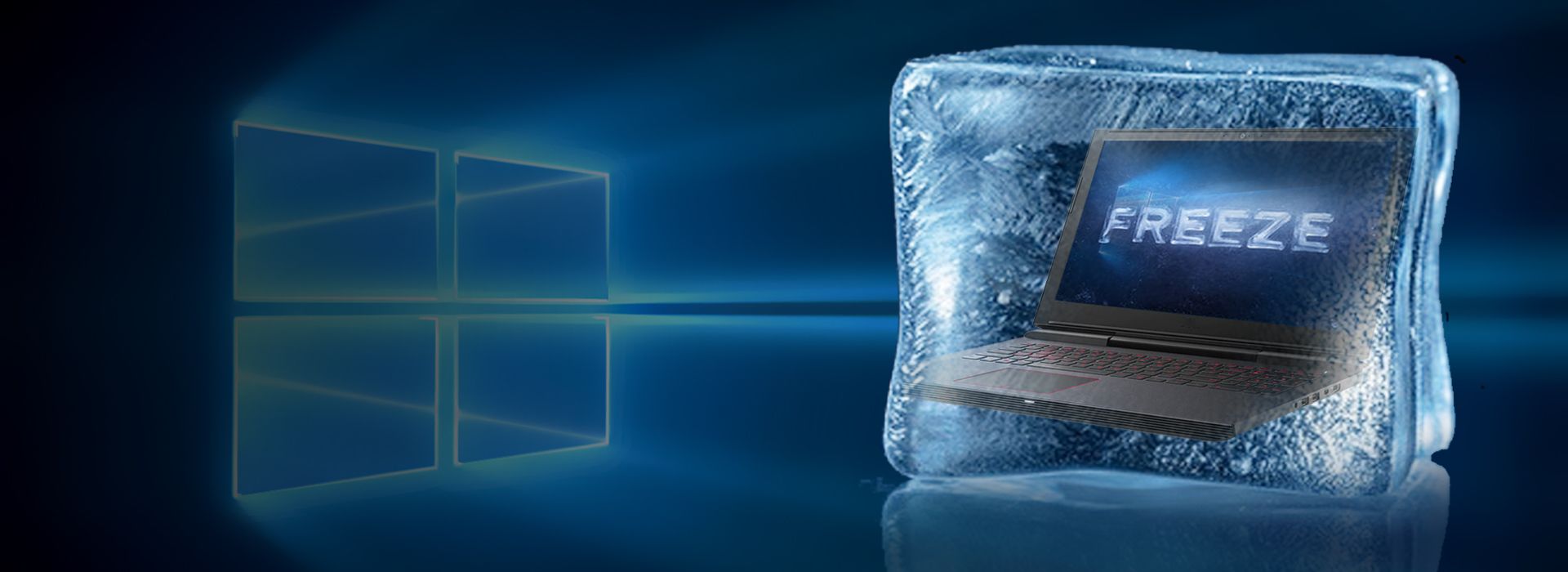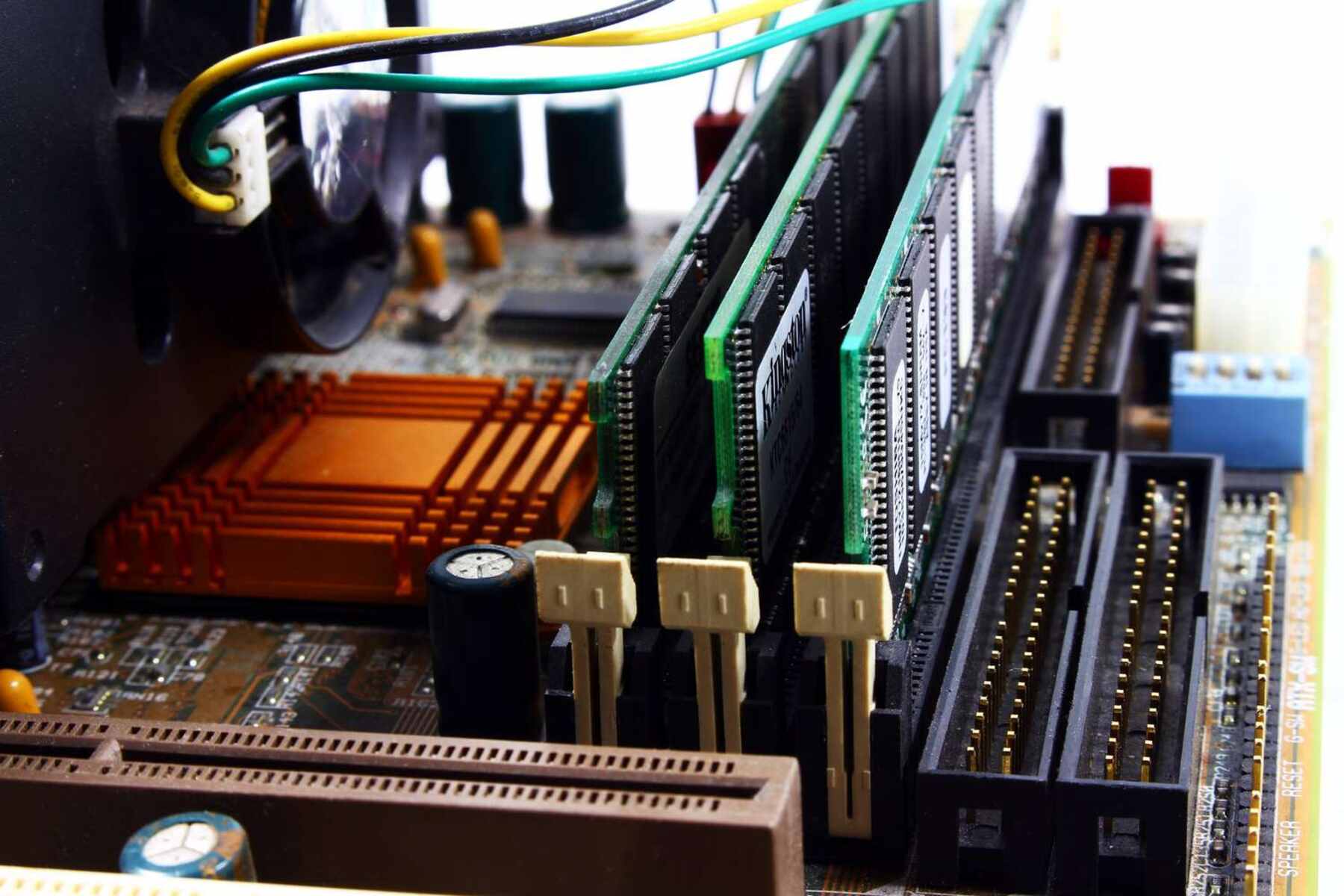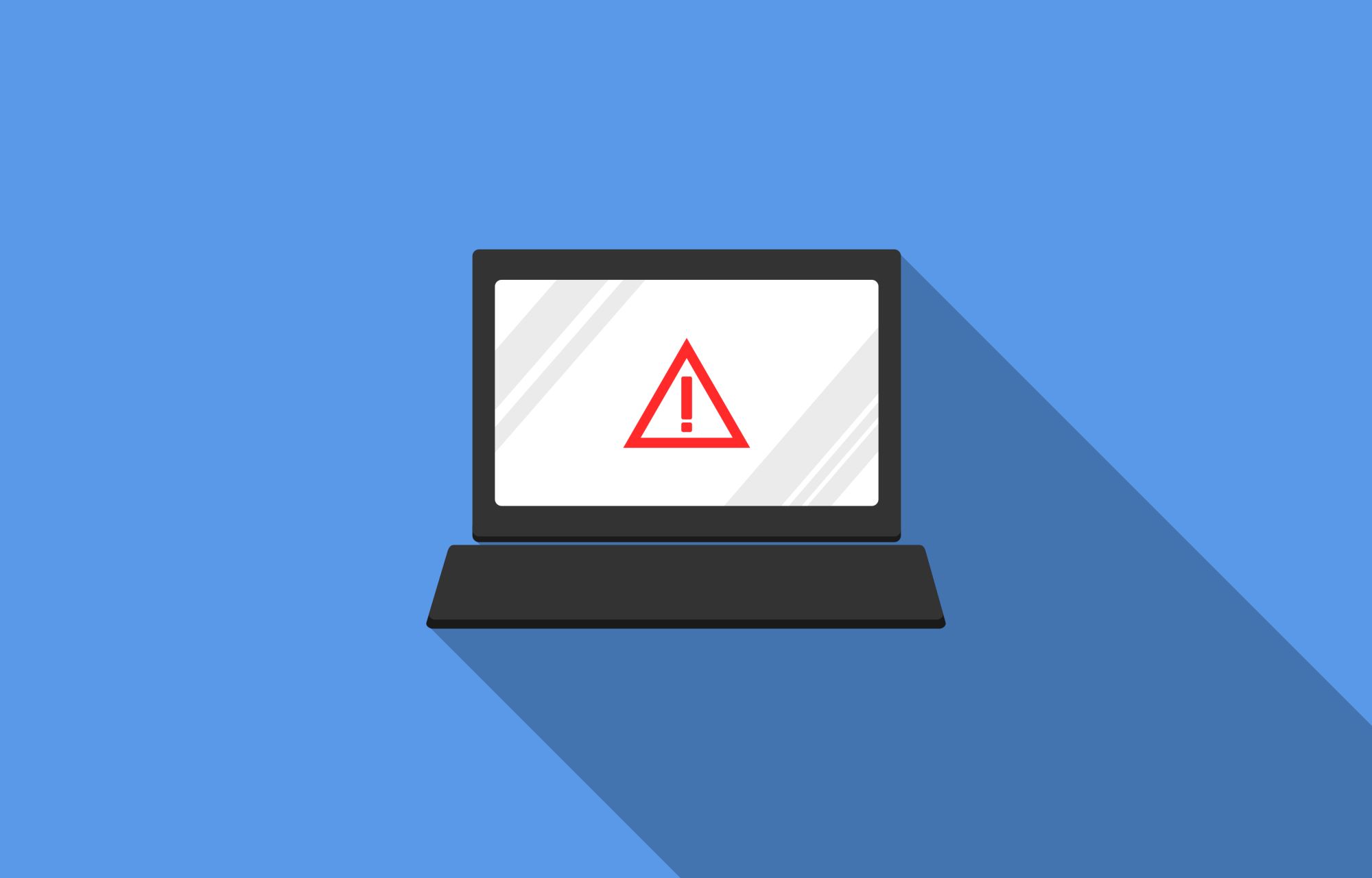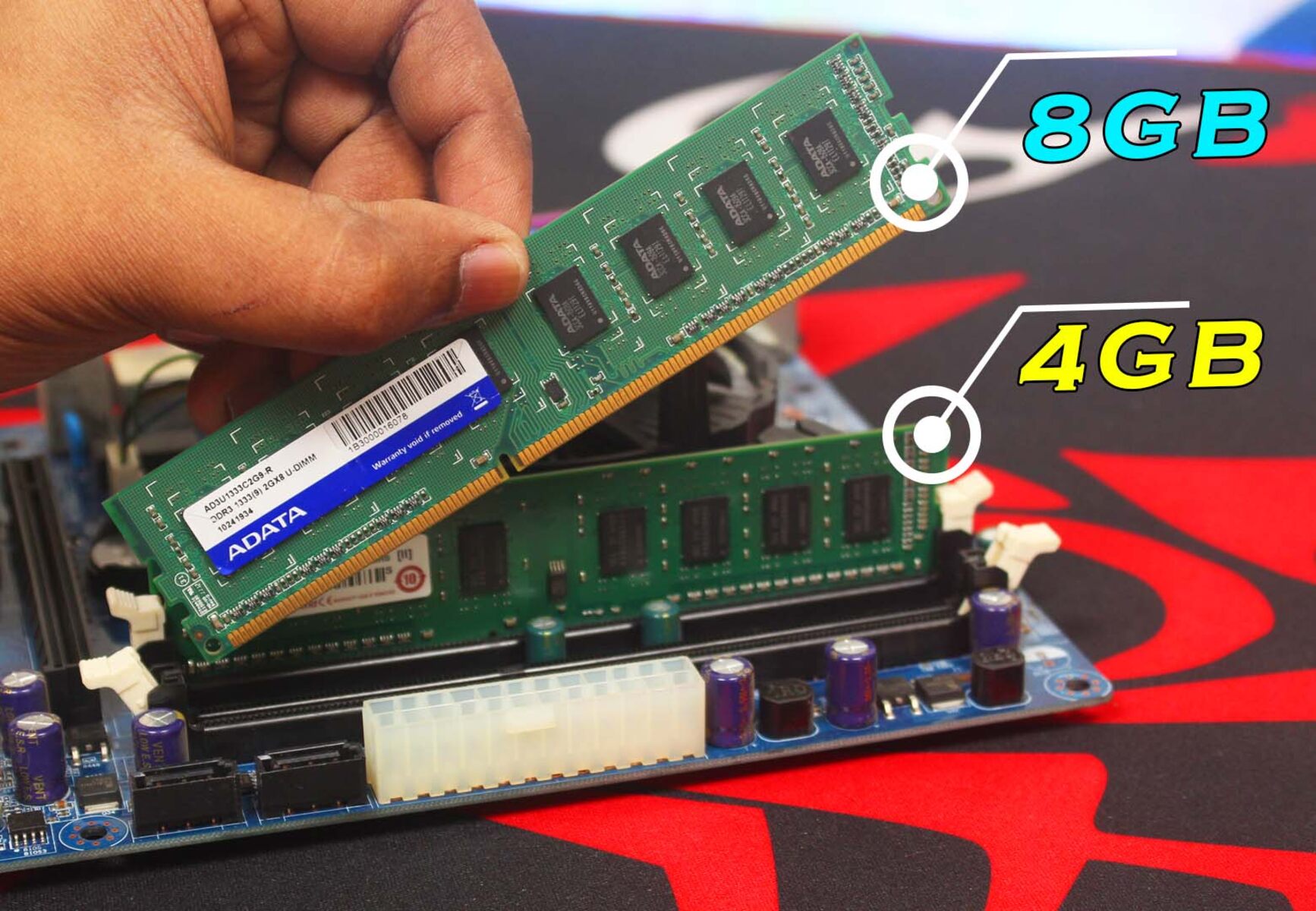Introduction
Welcome to the world of malware, where attackers are constantly finding new ways to infiltrate and compromise computer systems. In the battle between hackers and security professionals, one type of malware has emerged as a particularly insidious threat – RAM-based malware. This type of malware resides solely in random access memory (RAM), making it difficult to detect and eradicate.
To understand the significance of RAM-based malware, it’s essential to have a basic understanding of what RAM is and how it functions. RAM, or random access memory, is a temporary storage space that allows computers to access and manipulate data quickly. Unlike the hard drive, which retains data even when the computer is turned off, RAM is volatile and loses all stored information when the power is shut off.
Malware, short for malicious software, refers to any software designed to gain unauthorized access to or damage a computer or network. Traditional malware typically resides on a computer’s hard drive or external storage devices. It might include viruses, worms, Trojans, ransomware, or spyware. These types of malware can be identified and removed with the help of antivirus software.
RAM-based malware, on the other hand, takes advantage of the volatile nature of RAM to execute its malicious activities effectively. It exists only in the computer’s RAM, leaving no trace on the hard drive or other storage devices. This makes it extremely difficult to detect and eradicate using traditional security tools.
RAM-based malware works by leveraging the transient nature of RAM. When a computer is infected with this type of malware, it injects its code directly into the RAM, which enables it to operate without leaving any footprint on the computer’s storage devices. This makes it highly elusive and challenging to identify, especially for traditional antivirus software that typically scans files and storage devices for signs of malware.
While there are various types of RAM-based malware, they all share the common trait of residing solely in RAM. Some examples include memory-based rootkits, fileless malware, and volatile Trojans. These types of malware can be extremely dangerous, as they can persist even after an infected computer is rebooted, allowing the attacker to maintain persistence and continue their malicious activities.
Definition of RAM
Random Access Memory, commonly known as RAM, is a fundamental component of a computer’s architecture. It is a form of volatile memory that allows for the temporary storage and retrieval of data. Unlike the computer’s hard drive, which provides long-term storage, RAM provides fast and temporary access to data that is actively being used by the computer’s hardware and software.
RAM is an essential part of a computer’s functioning as it plays a crucial role in determining the computer’s performance and overall speed. It acts as a staging area for data that the computer’s processor needs to access quickly. When a computer is turned on, the operating system and various software applications are loaded into the RAM to enable efficient and fast data processing.
RAM is made up of memory modules that are inserted into slots on the computer’s motherboard. These modules consist of integrated circuits that store and transfer data in electronic form. The amount of RAM a computer has is measured in gigabytes (GB) and directly impacts the system’s ability to handle multiple tasks simultaneously.
One of the key attributes of RAM is its volatility. Unlike long-term storage devices such as hard drives or solid-state drives (SSDs), which retain data even when the computer is powered off, RAM requires a constant supply of electricity to maintain the data stored within it. Consequently, any data stored in RAM is lost once the computer is turned off or restarted.
RAM operates on a principle known as random access, which means that any part of the memory can be accessed directly without the need to read through the entire contents sequentially. This allows the computer to access data quickly and efficiently, improving overall system performance.
In summary, RAM is a critical component of a computer’s architecture that provides temporary storage and quick data access. It enables the computer’s hardware and software to function efficiently by storing and retrieving data that is actively used. It is vital for multitasking, as it allows the computer to handle multiple processes simultaneously. However, it is important to note that RAM is volatile and does not retain data when the computer is powered off.
What is Malware?
Malware, a portmanteau of “malicious software,” refers to any software or code designed to exploit, disrupt, or gain unauthorized access to computer systems or networks. It encompasses a wide range of malicious programs and techniques employed by hackers and cybercriminals to compromise the security and integrity of digital devices.
There are several common types of malware, each with its own specific purpose and mode of operation:
- Viruses: Viruses are self-replicating programs that attach themselves to host files and spread across systems. Once activated, viruses can modify or delete files, corrupt data, and even render the computer or network inoperable.
- Worms: Worms are standalone programs that spread from computer to computer by exploiting security vulnerabilities. Unlike viruses, they do not require a host file to propagate and can cause wide-scale disruption by consuming system resources and clogging networks.
- Trojans: Trojans disguise themselves as legitimate software or files to trick users into downloading or installing them. Once inside the system, Trojans enable remote access to hackers, who can steal sensitive information, monitor user activity, or create backdoors for future attacks.
- Ransomware: Ransomware encrypts files and holds them hostage until a ransom is paid. Once infected, victims are often left with no access to their data unless they comply with the hackers’ demands.
- Spyware: Spyware covertly monitors and collects sensitive information about a user’s online activities without their consent. This can include login credentials, browsing history, keystrokes, and more. The collected data is then usually used for malicious purposes, such as identity theft or financial fraud.
In addition to these well-known types, new forms of malware continue to emerge, including adware, scareware, keyloggers, and rootkits. Cybercriminals constantly adapt their tactics and techniques to evade detection and exploit vulnerabilities in computer systems, making malware a persistent and ever-evolving threat.
Malware can enter a system through various means, including email attachments, malicious websites, infected external devices, and software downloads from untrusted sources. In today’s interconnected world, where nearly every aspect of our lives relies on digital technology, the impact of malware can be devastating, leading to financial loss, data breaches, identity theft, and even the disruption of critical infrastructure and services.
Protecting against malware requires a multi-layered approach that includes robust antivirus software, regular software updates, strong passwords, secure browsing habits, and user education. By remaining vigilant and adopting proactive security measures, users can minimize their risk of falling victim to malware attacks and safeguard their digital lives.
RAM-based Malware
RAM-based malware, also known as memory-based malware or fileless malware, is a type of malicious software that resides solely in a computer’s random access memory (RAM) without leaving any trace on the system’s storage devices. Unlike traditional malware that infects files or writes to disk, RAM-based malware is stealthy and particularly challenging to detect and eradicate.
This type of malware operates by taking advantage of the transient nature of RAM. When a computer is infected with RAM-based malware, it injects its code directly into the RAM, where it can execute various malicious activities without modifying any files on the hard drive. By doing so, RAM-based malware can evade traditional antivirus solutions that typically scan files or storage devices for signs of infection.
RAM-based malware has several characteristics that set it apart from traditional malware:
- No Disk Footprint: RAM-based malware operates solely in memory, leaving no files or persistent data on the targeted system’s storage devices. This makes it difficult to detect using conventional scanning methods.
- Stealthiness: RAM-based malware does not require the typical installation process seen in traditional malware. It can be injected into the system through various means, such as exploiting software vulnerabilities or leveraging malicious scripts. This makes it challenging to detect as it can bypass traditional security measures.
- Evasion: RAM-based malware can evade detection by hiding its presence in the RAM and manipulating normal system processes. This can allow it to remain undetected for extended periods, enabling attackers to carry out their nefarious activities without arousing suspicion.
- Powerful Capabilities: RAM-based malware can leverage the resources and capabilities of the infected system’s RAM, enabling it to perform complex operations and evade security controls. It can execute keylogging, screen capture, data exfiltration, or even launch additional attacks on other network devices.
Examples of RAM-based malware include memory-based rootkits, fileless malware, and volatile Trojans. Memory-based rootkits hide their presence in the RAM by intercepting the system’s core functions and obfuscating their activities. Fileless malware, as the name suggests, does not rely on traditional file-based infection methods and operates entirely in memory, making it difficult to detect and remove. Volatile Trojans are Trojan horse programs that reside solely in RAM and are executed only during a specific period, leaving no persistent traces.
The rise of RAM-based malware presents significant challenges to the traditional approaches and tools used in malware detection and prevention. Security measures need to focus on behavior-based analysis, memory monitoring, and anomaly detection to combat this stealthy threat. Additionally, regular system updates, strict access controls, and user awareness also play crucial roles in minimizing the risk of RAM-based malware infections.
Overall, RAM-based malware poses a growing threat to computer systems and networks. As attackers continue to innovate and evolve their methods, it is essential for organizations and individuals to stay vigilant, adopt advanced security measures, and invest in robust cybersecurity solutions to detect and prevent RAM-based malware attacks.
How RAM-based Malware Works
RAM-based malware operates in a unique and stealthy manner, taking advantage of the volatile nature of random access memory (RAM) to execute its malicious activities effectively. Understanding how RAM-based malware works can help uncover its elusive nature and shed light on the challenges associated with detecting and combating this type of malware.
When a computer becomes infected with RAM-based malware, the malware gains access to the system’s RAM and injects its malicious code directly into the memory space. This can occur through various methods, such as exploiting software vulnerabilities, malicious emails or attachments, drive-by downloads, or social engineering techniques.
Once the RAM-based malware is embedded in the system’s memory, it operates without leaving any trace on the computer’s storage devices. It leverages the resources and capabilities of the RAM to execute its malicious activities. This gives RAM-based malware several advantages:
- Invisibility: RAM-based malware operates solely in the computer’s RAM, making it invisible to traditional antivirus software that typically scans files and storage devices for signs of infection. Since RAM is a volatile memory that is wiped clean when the computer is turned off, the malware can disappear without a trace.
- Stealthiness: RAM-based malware can manipulate normal system processes, such as injecting code into legitimate processes or manipulating system hooks. This allows the malware to remain undetected by evading traditional security measures that rely on file-based scanning.
- Memory Persistence: RAM-based malware can remain active and persist in a system’s memory even after a reboot. This persistence allows the malware to maintain control over the infected system and continue its malicious activities without needing to reinfect the system.
- Memory Space Utilization: By operating within the RAM, RAM-based malware can efficiently utilize the available memory space for various activities, such as stealing sensitive information, launching attacks, or carrying out other malicious operations.
RAM-based malware can execute a range of malicious actions, depending on its design and purpose. These actions can include keylogging, capturing screenshots, logging network traffic, stealing sensitive data, encrypting files, initiating unauthorized downloads, or even launching additional attacks on other network devices.
One common technique used by RAM-based malware is memory injection. This involves injecting malicious code into legitimate processes or injecting new processes entirely into the RAM. By utilizing trusted processes, the malware can bypass security measures that focus on file-based detection.
Another tactic employed by RAM-based malware is to leverage scripting languages or scripting frameworks, such as PowerShell or JavaScript, which are commonly used in legitimate system administration tasks. By utilizing these scripting languages, the malware can execute its code directly in memory while evading detection.
Furthermore, RAM-based malware can employ anti-analysis techniques to evade researchers and security analysts. It can scramble or obfuscate its code, actively monitor for the presence of debugging tools or analysis software, and even self-destruct if it detects attempts to analyze or reverse engineer it.
In summary, RAM-based malware operates stealthily within a computer’s RAM, leveraging the volatile nature of memory to evade detection. It injects its malicious code into legitimate processes or creates new processes, allowing it to carry out various malicious activities while remaining invisible on storage devices. By understanding the workings of RAM-based malware, security professionals can develop advanced detection and prevention techniques to combat this elusive threat.
Examples of RAM-based Malware
RAM-based malware, also known as memory-based malware or fileless malware, has become increasingly prevalent in recent years. This type of malware operates solely in a computer’s random access memory (RAM) without leaving any traces on the system’s storage devices. Here are a few notable examples of RAM-based malware:
- PowerGhost: PowerGhost is a sophisticated fileless malware that was first discovered in 2018. It primarily targets enterprise networks and uses multiple techniques to remain stealthy and evade detection. PowerGhost infects a system by exploiting vulnerabilities or using legitimate tools like PowerShell to execute its code directly in memory. Once inside the RAM, it can perform various malicious activities, including cryptocurrency mining and remote control of the infected system.
- Duqu 2.0: Duqu 2.0 is a highly advanced and stealthy malware that targeted high-profile organizations. It was discovered in 2015 and aimed to steal sensitive information for espionage purposes. Duqu 2.0 used a complex combination of zero-day vulnerabilities and sophisticated techniques to gain access to the network. Once inside, it operated exclusively in the computer’s memory, leaving no trace on the hard drives. This allowed the malware to evade detection and remain undetected for a long time.
- PowerWare: PowerWare, also known as PoshCoder, is a type of ransomware that emerged in 2016. It takes advantage of macro-enabled Microsoft Office documents to deliver its payload. PowerWare employs PowerShell, a legitimate scripting language in Windows, to load and execute its malicious code directly in memory. By operating in RAM, PowerWare encrypts files on the infected system without writing any files to the hard drive, making it difficult to detect and recover the encrypted data.
- Banload: Banload is a Trojan malware that traditionally targets financial institutions and their customers. It primarily operates by injecting its malicious code into legitimate processes running in RAM, such as web browsers. By doing so, Banload can log keystrokes, capture screenshots, and steal sensitive information, such as login credentials and banking details. Its RAM-based approach allows it to conceal its presence and evade detection by traditional antivirus software.
- Crisis: Crisis, also known as Morcut, is a type of Trojan that utilizes RAM-based techniques to remain elusive. It infects systems by disguising itself as a legitimate software package or through drive-by downloads. Once inside the system’s memory, Crisis can capture screenshots, record keystrokes, and even intercept communication between the user and various online services. By operating solely in RAM, Crisis is challenging to detect and remove.
These examples highlight the diversity and sophistication of RAM-based malware. They demonstrate how attackers leverage the volatile nature of RAM to execute their malicious activities while evading traditional security measures. The ability of RAM-based malware to reside solely in memory without writing files to disk poses significant challenges for malware detection and removal, emphasizing the need for advanced detection techniques and proactive security measures.
Risks and Consequences
RAM-based malware poses significant risks and can have severe consequences for individuals, organizations, and even critical infrastructure. Understanding the potential risks and consequences associated with this type of malware is crucial for implementing effective security measures and mitigating the impact of an attack.
Data Theft and Privacy Breaches: RAM-based malware can be designed to steal sensitive information, such as login credentials, personal identifying information, and financial details. This stolen data can be used for identity theft, financial fraud, or to gain unauthorized access to systems or accounts. Privacy breaches can have far-reaching consequences, including damage to an individual’s reputation and financial loss.
Financial Loss: RAM-based malware can be used for various fraudulent activities, including unauthorized fund transfers, cryptocurrency mining, or manipulating online banking sessions. These activities can result in financial losses for individuals and organizations alike. In some cases, attacks targeting financial institutions can have broader implications for the global economy.
Disruption of Critical Infrastructure: RAM-based malware can target critical infrastructure systems, such as power grids, transportation networks, or healthcare facilities. By compromising these systems, attackers can disrupt essential services, endangering public safety and causing widespread chaos. The impact of such attacks can be severe, leading to economic losses, human casualties, and long-lasting consequences.
Compromised Security: Once RAM-based malware infiltrates a system, it can open backdoors, create hidden user accounts or modify security settings. This compromises the overall security of the system, making it susceptible to further attacks and unauthorized access. It can also allow hackers to maintain persistence and control over the infected systems, putting sensitive data and network resources at risk.
Reputation Damage: For organizations, falling victim to a RAM-based malware attack can result in significant reputational damage. Clients, customers, and partners may lose trust in the organization’s ability to protect their data, potentially leading to a loss of business opportunities and revenue. Additionally, the cost of remediation, legal consequences, and compliance breaches can further harm an organization’s reputation.
Operational Disruption: RAM-based malware attacks can disrupt business operations, leading to downtime, loss of productivity, and increased costs associated with recovery and remediation. The time and effort required to eradicate the malware, restore systems, and ensure their security can have a significant impact on an organization’s ongoing functions and effectiveness.
Diminished User Confidence: RAM-based malware attacks can undermine user confidence in the security of their devices and the overall cybersecurity landscape. This can lead to decreased user engagement, reluctance to adopt new technologies, and hinder the growth of digital innovation.
Overall, the risks and consequences of RAM-based malware attacks extend far beyond the immediate impact of data theft or financial loss. The potential for widespread disruption, compromised security, and reputational damage make it imperative for individuals and organizations to prioritize robust security measures, ongoing monitoring, and proactive mitigation strategies to mitigate the risks associated with RAM-based malware.
Detection and Prevention
Given the stealthy and elusive nature of RAM-based malware, detecting and preventing its presence can be challenging. However, with a proactive approach and the use of advanced security measures, individuals and organizations can significantly reduce their risk of falling victim to these types of attacks. Here are some strategies for detecting and preventing RAM-based malware:
- Behavior-Based Analysis: Traditional signature-based antivirus solutions may struggle to detect RAM-based malware. Employing behavior-based analysis techniques that monitor and analyze system behavior in real-time can be more effective. By monitoring for suspicious activities or deviations from normal behavior, anomalies that indicate the presence of RAM-based malware can be detected and investigated.
- Memory Monitoring: Implementing memory monitoring tools allows for real-time monitoring and analysis of memory activities. By monitoring inbound and outbound traffic within the RAM, unusual or unauthorized processes can be identified. These tools can help detect the injection of malicious code, unauthorized code execution, or suspicious memory manipulation associated with RAM-based malware.
- Regular Software Updates: Keeping operating systems, software applications, and firmware up to date is essential for closing known security vulnerabilities that can be exploited by RAM-based malware. Regular updates help protect against potential attack vectors and reduce the risk of successful infiltration.
- User Awareness and Training: Educating users about the risks of RAM-based malware and implementing best practices for safe computing habits can significantly enhance security. Users should be cautious when downloading files or opening email attachments from unknown sources, maintain strong passwords, practice safe browsing habits, and regularly update and patch their systems.
- Least Privilege Principle: Adhering to the principle of least privilege limits user access rights to only those necessary for their roles and responsibilities. This reduces the potential impact of RAM-based malware by limiting the privileges an attacker gains upon infiltration and restricts their ability to move laterally through the system.
- Network Segmentation: Segmenting a network into different zones or compartments with proper access controls can limit the lateral movement of RAM-based malware. By segmenting the network, an infected system is isolated, preventing the malware from spreading to other parts of the network and minimizing the potential damage.
- Behavior Monitoring: Deploying advanced endpoint detection and response (EDR) solutions can enable continual monitoring of system behavior and real-time response to potential threats. These solutions can analyze patterns, track anomalous behavior, and raise alerts when RAM-based malware activities are detected.
- Threat Intelligence: Staying informed about the latest threats, attack techniques, and malware variants can help organizations proactively update their security defenses. Subscribing to threat intelligence feeds or partnering with cybersecurity firms that provide timely updates and analysis on emerging threats can enhance detection and prevention capabilities.
While no security measure can guarantee absolute protection against RAM-based malware, adopting a multi-layered approach that incorporates these strategies significantly improves the overall security posture. Regular security audits, penetration testing, and ongoing monitoring are also essential to detect, identify, and respond to new and emerging threats promptly.
Conclusion
RAM-based malware represents a significant challenge in the ever-evolving landscape of cybersecurity. Operating exclusively in a computer’s random access memory (RAM), this type of malware poses a stealthy and difficult-to-detect threat. With no trace left on storage devices, RAM-based malware can evade traditional antivirus software and execute a range of malicious activities.
Understanding the nature of RAM-based malware is crucial for individuals and organizations to protect themselves against this elusive threat. By implementing advanced security measures and adopting a proactive approach, the risks associated with RAM-based malware can be mitigated.
Detection and prevention strategies such as behavior-based analysis, memory monitoring, regular software updates, user awareness and training, and the principle of least privilege are essential in identifying and mitigating the risks of RAM-based malware. Additionally, network segmentation, behavior monitoring, and threat intelligence play crucial roles in detecting and responding to RAM-based malware attacks.
It is important to recognize that RAM-based malware is not a standalone issue. It is part of a broader landscape of ever-evolving malware and cyber threats. Keeping up with the latest security practices, staying informed about emerging threats, and regularly updating security measures are crucial to maintaining an effective defense against RAM-based malware and other malicious attacks.
As technology continues to advance, so do the techniques employed by cybercriminals. RAM-based malware serves as a reminder that security measures must continually adapt and innovate to keep pace with emerging threats. By taking a proactive approach, raising awareness, and implementing robust security measures, individuals and organizations can significantly reduce the risk of falling victim to RAM-based malware and strengthen their overall cybersecurity posture.









